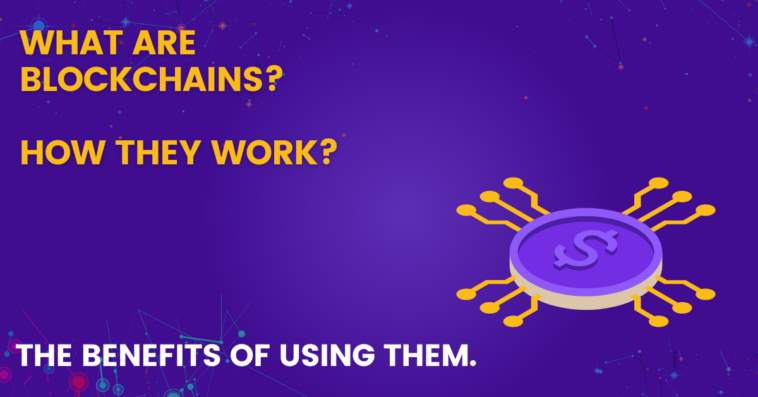Blockchains are distributed ledgers that record transactions in real time. They’re used by many companies and organizations to keep track of financial transactions, contracts, and other important data.
What Is A Blockchain?
In short, a blockchain is a decentralized database that records every transaction made within a network.
It’s also known as a ledger because each entry is recorded chronologically. This means that no one party controls the data; instead, everyone who participates in the system gets access to the same information.
How Does it Work?
A blockchain works by using cryptography to secure transactions between users. Cryptography is the process of encoding messages into code that only computers can understand.
To ensure security, the code must be encrypted before being sent through the internet. Once the message arrives at its destination, it is decrypted and read by the recipient.
Why Do We Need It?
There are several reasons why we need blockchains. One reason is because they provide an immutable record of data.
This means that once something is recorded onto the blockchain, it cannot be changed. Another benefit is that blockchains allow for transparency.
Because everything is stored publicly, anyone can see exactly how much money was spent on a particular transaction.
What Can You Do With It?
If you’re interested in learning more about blockchain technology, there are plenty of ways you can use it. For example, you can use it to store medical records, track assets, and even make payments.
Where Can I Learn More About This Technology?
There are several different kinds of blockchains, each with its own unique features. However, the two main categories are public and private blockchains.
Public blockchains are open to anyone who wants to participate. Private blockchains are closed off to everyone except those who have permission to access them.
The University of Michigan presents a very nice and highly recommended Blockchain and Cryptocurrency Explained course, which is allowed as financial aid too.
The course first looks at the fundamentals of blockchain technology and then the important concepts like blockchain decentralization, consensus, and decentralization algorithms. then examine blockchain as an asset, and understand the dynamics of the cryptocurrency markets. Finally, we examine blockchain as a business solution.

